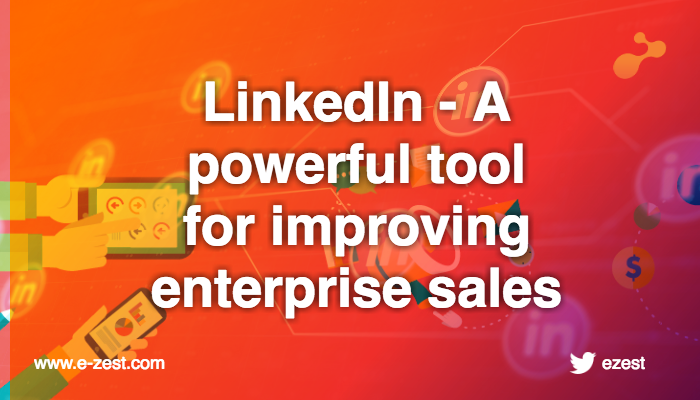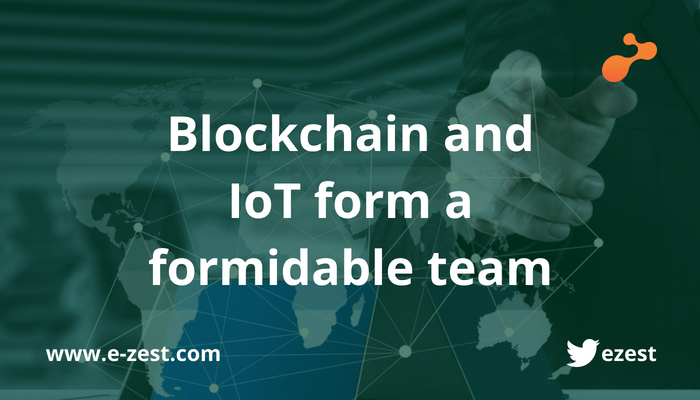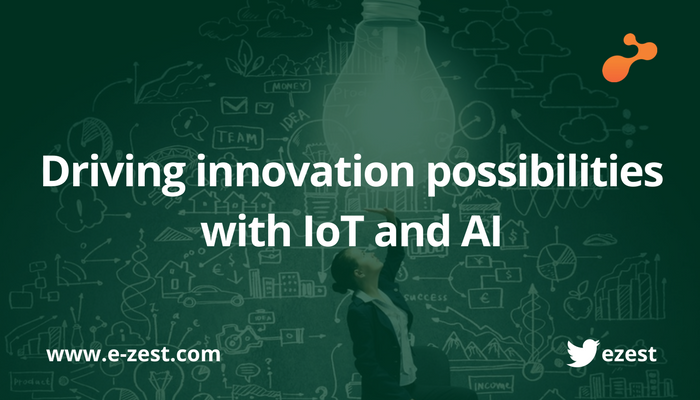Customers are rapidly evolving the way they learn about and buy products and offerings from various channels. At the same time, the tools, data, and analytics that direct sales activity are becoming dramatically more sophisticated.
As business leaders understand the importance of effective selling, they are faced with a rapidly changing environment around how customers engage and buy. As new competitors go-to-market in different ways, to stay relevant in the usually undifferentiated market, businesses need to re-imagine products and offerings for the changing digital world. The cost of waiting is usually too high.
This is due to four major trends that are affecting how salesforces work. It’s time to transform the salesforce by merging these new trends with the still powerful, traditional sales enablers - customer targeting and messaging. It’s time to transform the go-to-market approach by taking these factors into consideration.
Digital can help in sales transformation in the following areas
- Uncover opportunities for continuous improvement
- Generate significant value
- Digital optimize sales efforts of every salesman
What you must get right first
- Choose a strategy for getting started
- Put your 100% into your sales operations
- Keep your sales organization automated
- Unlock with data
One of the greatest benefits of moving to an automated digital customer experience is being able to capture the data on the back end, and then provide recommendation engines that data to predict what product customers need.
For your salesforce, there are many hidden capabilities that open up when transaction and exploration is on a digital platform. True sales transformation comes from behavioral changes among managers and sales teams in these areas. Applying these trends across the organization can lead to significant growth.







